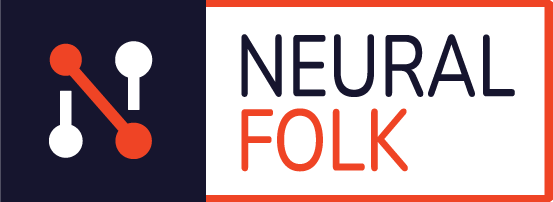If you’re learning deep learning in 2025, the best way to level up your skills is by building real-world projects.
Theory is important, but it’s hands-on experience that truly sets you apart.
In this post, we’ll explore five practical deep learning projects that not only sharpen your understanding
but also make your portfolio stand out.
Whether you’re a beginner or an intermediate learner, these projects are perfect for applying core concepts like neural networks,
convolutional neural networks (CNNs), and deep learning frameworks such as TensorFlow and Keras.
1. Image Classification Using CNNs
Why it matters:
Image classification is a foundational project that introduces you to the core concepts of deep learning—especially convolutional layers and activation functions.
Project idea:
Create a model that can classify images of animals (dogs, cats, horses) using a dataset like CIFAR-10 or a custom dataset. Use Keras with TensorFlow backend to build and train your CNN.
Skills you’ll build:
- Preprocessing images
- Designing a convolutional neural network
- Using data augmentation
- Evaluating model performance
2. Real-Time Object Detection with OpenCV and YOLOv5
Why it matters:
Object detection is widely used in autonomous driving, retail analytics, and surveillance. Learning this helps you work with real-time data and complex visual inputs.
Project idea:
Use a pre-trained YOLOv5 model and OpenCV to detect objects from a webcam or video feed in real time.
Skills you’ll build:
- Working with pre-trained models
- Integrating OpenCV for real-time streaming
- Drawing bounding boxes
- Understanding Intersection over Union (IoU) metrics
3. Sentiment Analysis with Deep Learning (NLP)
Why it matters:
Natural Language Processing (NLP) is one of the most in-demand applications of deep learning. This project helps you process and understand text data using LSTM or Transformer models.
Project idea:
Build a sentiment analysis model to classify text reviews (positive, negative, neutral) using datasets like IMDB or Amazon product reviews.
Skills you’ll build:
- Text tokenization and vectorization
- Using embedding layers
- Building LSTM/GRU models
- Deploying NLP models with TensorFlow/Keras
4. Face Recognition System
Why it matters:
Face recognition is a real-world deep learning application used in security systems, apps, and even attendance systems. This project helps you combine computer vision with feature encoding.
Project idea:
Create a simple facial recognition system that can detect and recognize faces from images or video using FaceNet or dlib libraries.
Skills you’ll build:
- Face detection and encoding
- Working with facial landmarks
- Training a classifier on embeddings
- Handling real-time video input
5. AI-Powered Image Caption Generator
Why it matters:
Combining computer vision with natural language generation challenges you to work with multi-modal models. This is a great portfolio piece that showcases advanced deep learning techniques.
Project idea:
Build a model that takes an image as input and outputs a descriptive caption. Use CNNs for feature extraction and RNNs or Transformers for language generation.
Skills you’ll build:
- Feature extraction from images using pretrained CNNs
- Sequence modeling with RNNs or Transformers
- Beam search decoding
- Training multi-input, multi-output models
Final Thoughts
In 2025, employers and educators are looking for people who can do, not just understand.
These five deep learning projects will not only teach you real-world skills but also give you strong, portfolio-ready work that demonstrates your capabilities.
Looking for structured guidance?
Check out our course Master Computer Vision & Deep Learning in OpenCV and Keras on Udemy—perfect for hands-on learners.

